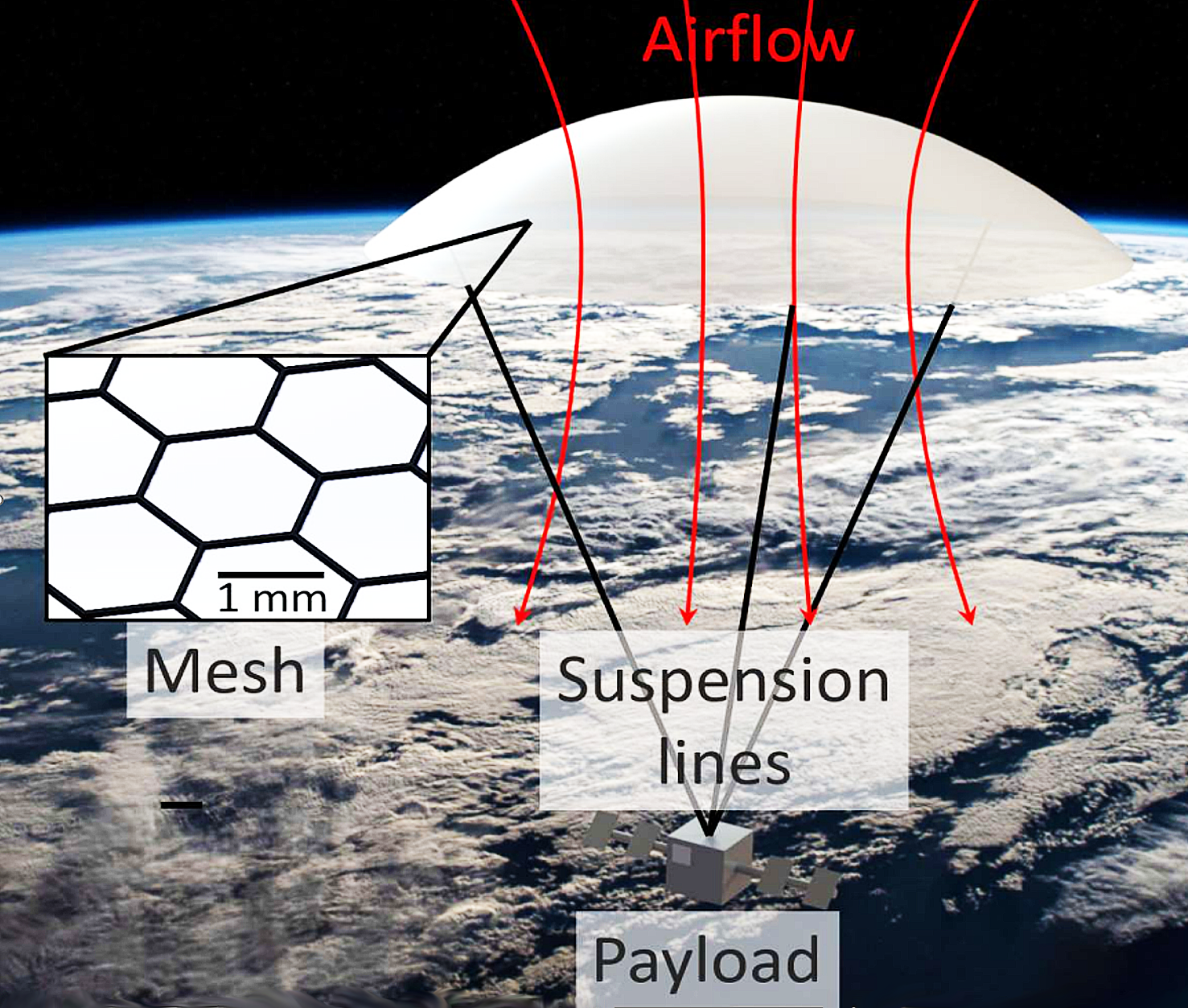Igor Bargatin
University of Pennsylvania
We propose to use the photophoretic levitation and propulsion mechanism to create no-moving-parts flying vehicles that can be used to explore Earth’s upper atmosphere. Recently, we demonstrated levitation of centimeter-scale plates using the photophoretic force at a variety of air pressures. The photophoretic force arises when a solid is heated relative to the ambient gas through illumination, inducing momentum exchange between the solid and the gas. The force creates lift in structures that absorb light on the bottom yet stay cool on the top, and we engineered our plate mechanical metamaterials to maximize this lift force and payload. The levitation and payload capabilities of our plates typically peak at ambient pressures in the 0.1-1000 Pa range, ideal for applications in Earth’s mesosphere and Mars’s low gravity and thin atmosphere. For example, in the Earths mesosphere (i.e., at altitudes from ~50 to ~80 km), the air is too thin for conventional airplanes or balloons but too thick for satellites, such that measurements can be performed for only a few minutes at a time during the short flight of a research rocket. However, the range of ambient pressures in the mesosphere (1-100 Pa) is nearly optimal for our plates payload capabilities. With further optimization, our photophoretically levitated microflyers could stay aloft for extended times by using the Suns natural light during the daytime, or even indefinitely if the microflyer is designed to ascend during the day and descend at night. Microflyers based on photophoretic propulsion would enable new ways to study Earth’s mesosphere (e.g. temperature, CO2 concentration, wind speed) using payloads that weigh only grams. The proposed devices can also create horizontal thrust for trajectory control in stratospheric balloons.































